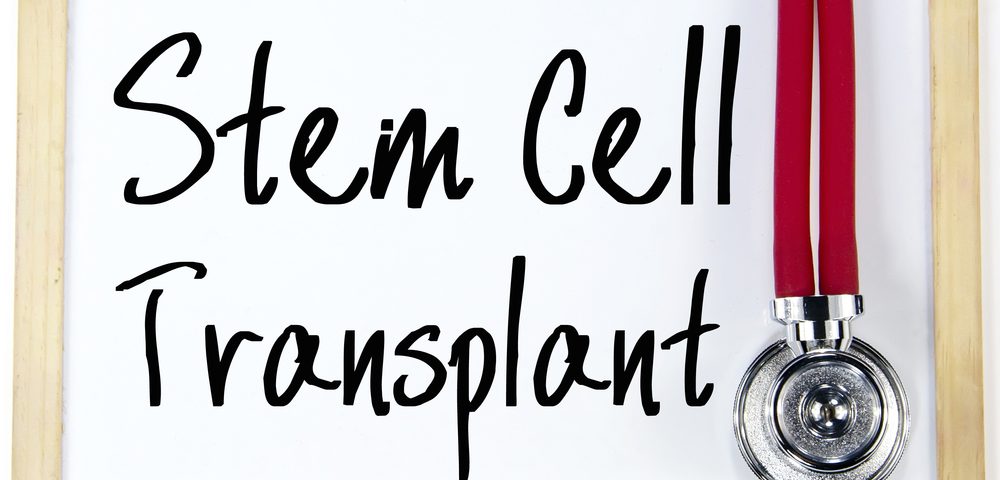Stem cell transplant to treat non-Hodgkin’s lymphoma in patients older than 65 is as effective as it is in younger patients, but is associated with a higher risk of non-relapse mortality, a recent study suggests.
The study, “The impact of advanced patient age on mortality after allogeneic hematopoietic Cell Transplantation for Non-Hodgkin’s Lymphoma: A retrospective study by the EBMT Lymphoma Working Party,” was published in the journal Biology of Blood and Marrow Transplantation.
Non-Hodgkin’s lymphoma — which include the most common forms, such as diffuse large B-cell lymphoma (DLBCL), follicular lymphoma (FL), mantle cell lymphoma (MCL) , and peripheral T-cell lymphoma (PTCL) — is most frequently diagnosed in people older than 65.
Allogeneic hematopoietic stem cell transplants (allo-HCT), consisting of the transplant of stem cells obtained from a matched donor into a patient, has been shown to be an effective therapeutic strategy for most relapsed and refractory non-Hodgkin’s lymphomas, and is being increasingly considered in older patients.
However, data on the safety and effectiveness of allo-HCT in older patients with non-Hodgkin’s lymphoma is limited, and the impact of comorbidities (unrelated illnesses) in these patients is still unclear.
Researchers, on behalf of the EBMT Lymphoma Working Party, have now evaluated the potential benefits and risks of stem cell implant in older patients compared to younger ones, taking into consideration comorbidity information.
The EBMT Lymphoma Working Party is a voluntary organization focused on the role of stem cell transplant in the management of patients with lymphomas. It holds the EBMT Patient Registry, in which patients undergoing HCT at over 600 transplant centers, mainly in Europe, are registered.
Through the EBMT Registry, the researchers identified and analyzed the data of 3,919 adult patients who received an allo-HCT for the most common forms of non-Hodgkin’s lymphoma.
Patients were classified by their age: young (18-50 years; 1,772 patients); middle-age (51-65; 1,967 patients); and old (66-77; 180 patients).
Among them, 1,461 patients (37%) had follicular lymphoma, 1,192 patients (30%) had diffuse large B-cell lymphoma, 823 patients (21%) had mantle cell lymphoma, and 443 patients (11%) had peripheral T-cell lymphomas. At the time of allo-HCT, the majority of these patients (85%) had responded to chemotherapy.
With a median follow-up of 4.5 years, 13% of young patients and 20% of middle-aged patients died without a prior relapse or progression — called non-relapse mortality. In older patients, however, 33% experienced such an outcome, and these differences were statistically significant.
Significant differences were also found in overall survival at three years after allo-HCT, with 60% of young patients, 54% of middle-aged patients, and only 38% of old patients being alive at that time. No significant differences were found between the groups of patients regarding the relapse incidence.
These findings pointed out older age (over 65) is a significant predictor for non-relapse death and poorer survival rates, but not for the occurrence of cancer relapse or progression.
Comorbidity data was only available for 979 patients (417 young, 511 middle-aged, and 51 old), and as expected, comorbidities were more prevalent in the older age groups.
But researchers found that while the presence of additional and unrelated illnesses was a significant risk factor for non-relapse death, it did not fully explain the observed disadvantages of the older patients.
The researchers noted that while allo-HCT in patients older than 65 is equally effective in controlling non-Hodgkin’s lymphoma as it is in younger patients, their increasing risk of non-relapsed death should be considered when deciding about this approach.


